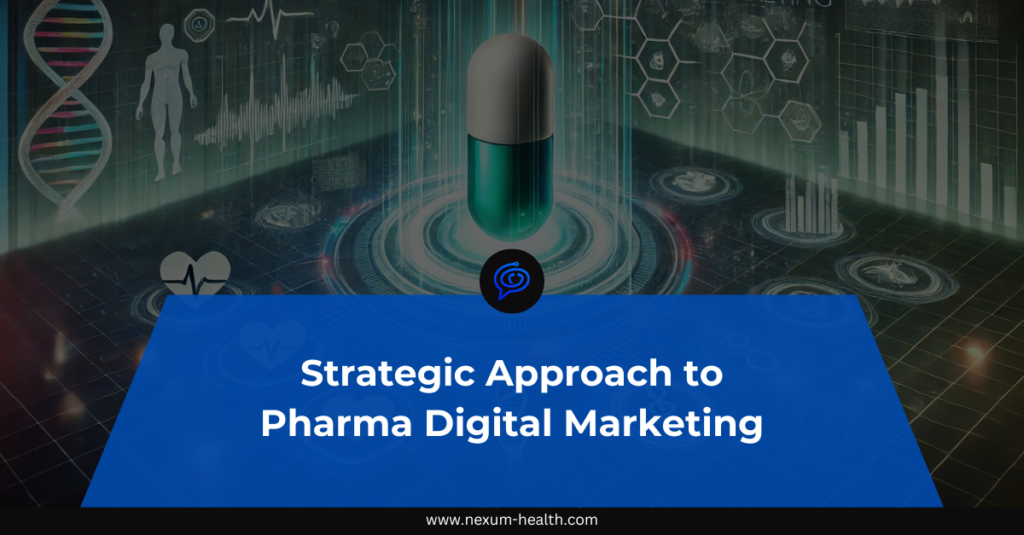In the terrain of the life sciences sector, a profound transformation is unfolding in the approach towards drug discovery, development, and manufacturing. Conventional methodologies are progressively yielding ground to the field of Advanced Therapeutic Modalities (ATMs), comprising an array of pioneering technologies such as engineered cell therapies, gene therapies, and nucleic acid therapies. This paradigm shift not only heralds the prospect of revolutionary therapeutic advancements but also introduces substantial challenges and opportunities for stakeholders throughout the industry.
As the spotlight increasingly falls on ATMs, the field of pharmaceutical research and development undergoes a profound reconfiguration. The emergence of these cutting-edge modalities demands a re-evaluation of traditional regulatory frameworks, manufacturing processes, and investment strategies. While ATMs hold immense potential for addressing unmet medical needs and offering personalised treatment options, their complexity necessitates novel approaches to safety assessment, patient access, and affordability. Thus, amidst this transformative wave, stakeholders must navigate a dynamic area characterised by both unprecedented possibilities and intricate challenges, forging new pathways towards improved healthcare outcomes.
Revolutionising Therapeutics
Imagine a world where once-debilitating illnesses are eradicated through the reprogramming of immune cells or the precise delivery of corrective genes using engineered viruses. This isn’t merely a figment of science fiction but a tangible reality emerging from the forefront of ATMs. These ground-breaking therapies epitomise a monumental leap forward in medical innovation, promising to revolutionise the healthcare sector by offering unprecedented opportunities to combat diseases at their fundamental origins. With the ability to precisely target genetic mutations, restore cellular functions, and strengthen the body’s natural defence mechanisms, ATMs represent a paradigm shift in the treatment of conditions ranging from genetic disorders to cancer.
This transformative potential of ATMs extends far beyond conventional pharmaceutical approaches, assisting in a new era where previously incurable diseases may be effectively managed or even eradicated altogether. By utilising the power of biotechnology and genetic engineering, these therapies hold the promise of not only saving lives but also significantly improving the quality of life for countless individuals worldwide. However, as with any disruptive innovation, realising the full potential of ATMs necessitates overcoming regulatory complexities, addressing ethical considerations, and ensuring equitable access to these cutting-edge treatments. Nonetheless, the dawn of this new era in medicine offers a glimpse into a future where the once-unthinkable becomes routine, where diseases that once plagued humanity are consigned to the annals of history.
Business Implications
The ascent of ATMs is not only revolutionising patient care but also fundamentally altering the commercial area of the life sciences sector. As traditional approaches to drug research and development face disruption, stakeholders are confronted with the imperative to recalibrate their strategies, investments, and risk mitigation practices. The paradigm shift spurred by ATMs necessitates a re-evaluation of the entire drug development lifecycle, from early-stage research to commercialisation, prompting companies to explore novel avenues for collaboration, innovation, and differentiation.
Furthermore, manufacturing, once relegated to a logistical function, now emerges as a pivotal strategic consideration on par with therapeutic efficacy and safety. The complexity inherent in producing ATMs, which often involve intricate cellular and genetic manipulation processes, underscores the need for sophisticated manufacturing capabilities and infrastructure. Consequently, companies must not only invest in cutting-edge manufacturing technologies but also optimise their supply chain and production processes to ensure scalability, efficiency, and compliance with stringent regulatory requirements. In this evolving area, success hinges not only on scientific prowess but also on agility, adaptability, and a keen understanding of market dynamics, positioning those who can effectively navigate these challenges to thrive in the growing era of advanced therapeutics.
Market Dynamics
Although ATMs once occupied the fringes of the pharmaceutical sphere, their footprint has expanded rapidly in recent years. Propelled by pivotal approvals from regulatory authorities such as the FDA and strengthened by the resounding success of mRNA Covid-19 vaccines, ATMs have gathered substantial attention and investment. This newfound momentum has ignited a surge in the global ATM pipeline, with analysts projecting exponential growth in market value over the forthcoming years.
The transformative impact of ATMs on patient care, coupled with their potential to address previously unmet medical needs, has catalysed heightened interest from both investors and pharmaceutical companies alike. Recognising the immense promise of these innovative therapies, stakeholders have mobilised significant resources to capitalise on this growing market opportunity. Furthermore, the success stories of pioneering ATM treatments, combined with evolving regulatory frameworks that increasingly accommodate novel therapeutic approaches, have instilled confidence in the viability and sustainability of this growing sector. As a result, the field of the pharmaceutical market is undergoing a profound metamorphosis, with ATMs poised to emerge as a cornerstone of future healthcare delivery.
The Future
As ATMs solidify their position as the cornerstone of drug discovery and development, stakeholders face the imperative of adapting to the evolving area of the industry. This entails not only implementing cutting-edge technologies but also revisioning conventional methodologies across the spectrum of research and development, manufacturing, and commercialisation. Collaboration emerges as key in this transformative journey, necessitating concerted efforts among industry players, regulatory bodies, and healthcare providers to fully exploit the potential of ATMs and guarantee equitable access to these pioneering therapies.
Adopting a future centred on ATMs demands a paradigm shift in mindset and approach, transcending traditional silos and fostering a culture of collaboration and innovation. By pooling resources, expertise, and insights, stakeholders can accelerate the pace of scientific discovery, streamline the development process, and optimise manufacturing practices to ensure the timely delivery of safe and effective therapies to patients in need. Furthermore, proactive engagement with regulators and policymakers is paramount to establish clear guidelines and frameworks that foster innovation while safeguarding patient safety and public health. By forging strategic alliances and fostering a collaborative ecosystem, stakeholders can navigate the complexities of the future area with agility, resilience, and a shared commitment to advancing healthcare for all.
Conclusion
The rise of ATMs marks a pivotal moment in the life sciences sector, heralding a paradigm shift in drug discovery, development, and manufacturing. These cutting-edge therapies offer opportunities to revolutionise patient care, combatting diseases at their fundamental origins and potentially eradicating once-incurable conditions. However, realising the full potential of ATMs requires stakeholders to steer complex regulatory areas, address ethical considerations, and ensure equitable access to these transformative treatments. As the industry adapts to this evolving area, collaboration emerges as a key driver, fostering innovation, and accelerating the delivery of safe and effective therapies to those in need. By adopting a future centred on ATMs and fostering a culture of collaboration and innovation, stakeholders can navigate the challenges and opportunities of this transformative era, ultimately advancing healthcare for all.






